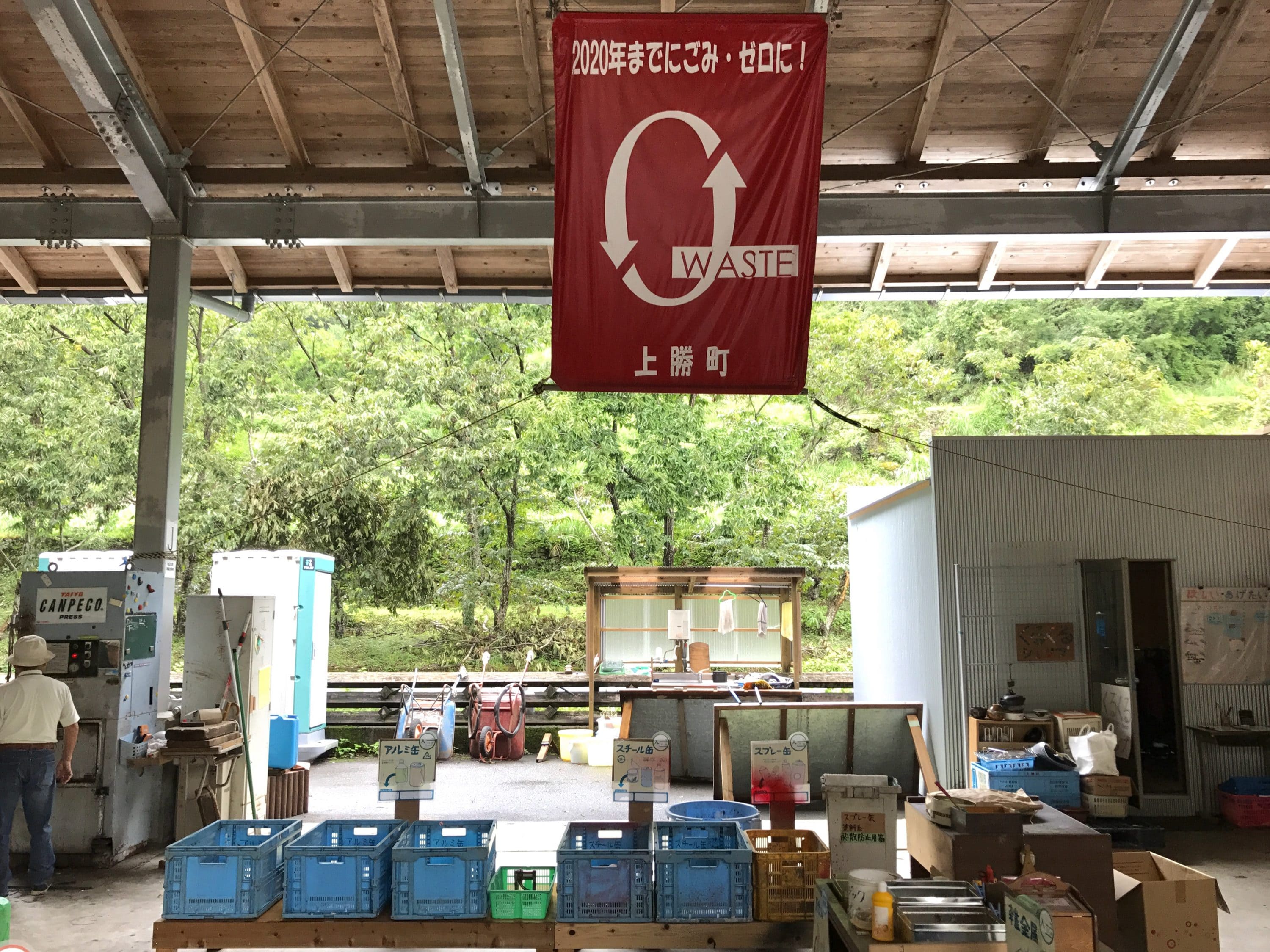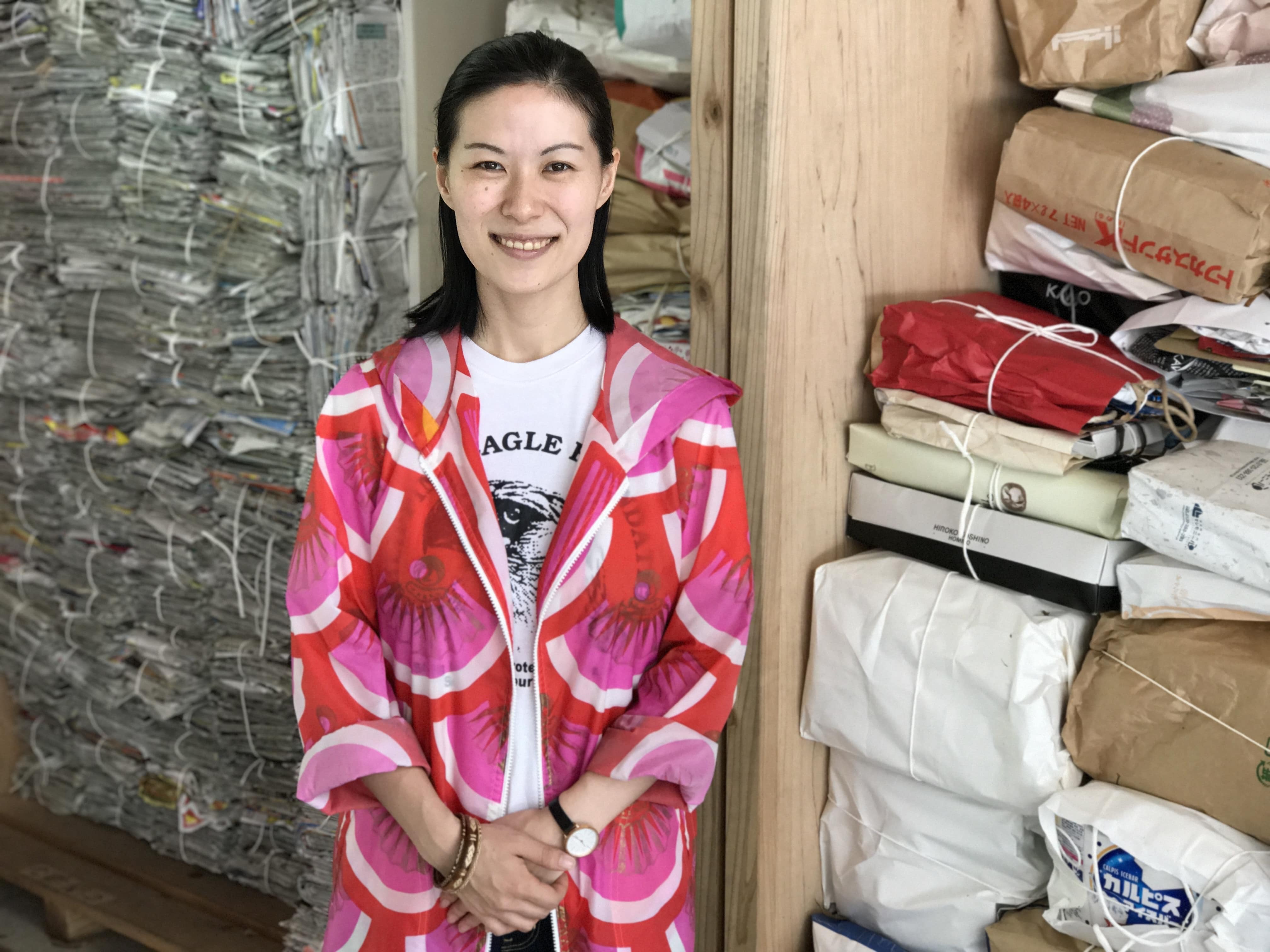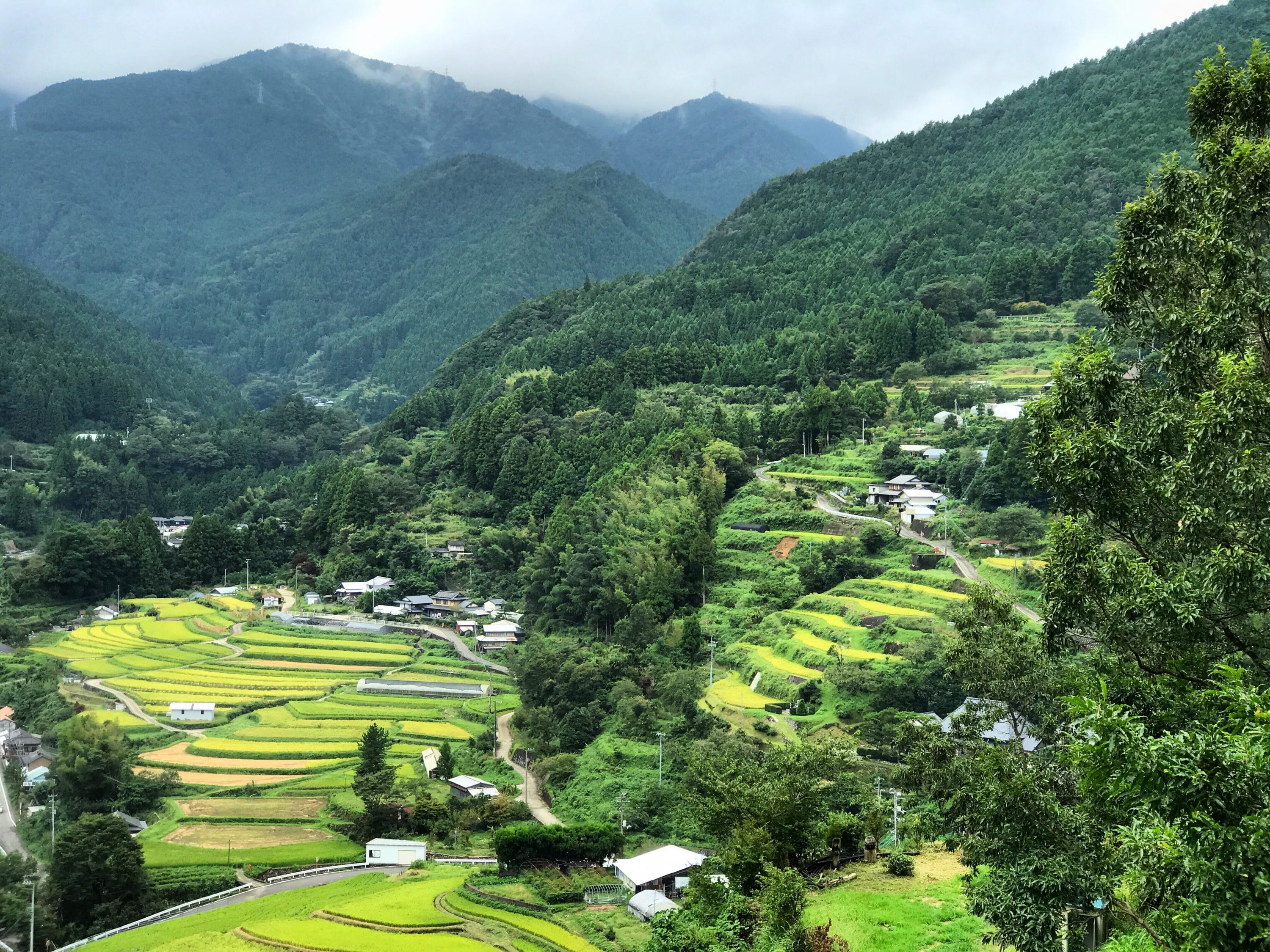
How little Kamikatsu achieved a massive 80% recycling rate when the national average is just 20%.
Japanese ‘Zero waste’ town in Japan recycles almost all its trash
The tiny rural village of Kamikatsu in Japan has taken their commitment to sustainability to a new level. While the rest of the country has a recycling rate of around 20%, Kamikatsu beats its neighbours with a staggering 80%. After becoming aware of the dangers associated with incinerating their garbage, the town instated the Zero Waste Declaration with the goal of being completely waste-free by 2020.
There are 45 different categories of recyclables including 9 subcategories just for paper
Kamikatsu is a rural town of about 2,000 people in the forested mountains of Japan’s Shikoku island.
The local waste collection center is a very organised affair with each of the town’s residents receiving a thick booklet of recycling guidelines.
At the collection center, everything is carefully sorted and arranged under the watchful gaze of the attentive staff.
There are a staggering 45 different categories of recyclables, and the town recycles an impressive 80% of its trash.
Akira Sakano heads up the town’s Zero Waste Academy, a non-profit organisation that manages the recycling program.
Sakano lists the recycling categories as follows:
“We have newspapers, cardboard, scrap papers, shredded papers, paper containers, paper containers with aluminum packaging on back, paper cups, hard paper tubes, other papers,” Sakano told WHYY.org
There are nine subcategories just for paper.
The town of Kamikatsu adopted a “zero waste” policy in 2003. Before that, the town used to burn all its trash in incinerators.
“People could really see the black smoke coming out from the open incineration area,” Sakano says.
Source: WHYY.org

THE TRASH-CLIMATE CONNECTION
When waste decomposes in landfills, it releases methane, one of the most potent greenhouse gases. A large amount of that methane leaks into the atmosphere, heating up the planet.
If trash gets incinerated instead of dumped in a landfill, the burning garbage pumps carbon emissions into the air.
Zero waste has become a buzzword, and cities around the world are pledging to drastically reduce waste. But, in Japan — where land is scarce and there’s limited space for landfills — recycling has been a way of life for years.
In addition to helping the environment, Sakano says recycling also has an economic benefit for the town. Incinerating trash can be expensive.
“It costs six times less for recycling or how we manage the waste right now compared to incinerating everything,” Sakano told WHYY’s Sonia Narang.
- Trash pick-up doesn’t even happen in Kamikatsu. There’s no garbage truck service there. Almost everyone has to bring their trash into the waste collection center, and only about 20% ends up in the dumpster or incinerator.
- For older residents who are unable to drive themselves to the recycling center, the town does send a pick-up truck once every two months.
- Everyone has to wash and dry all their food packaging. Many locals say that’s the most annoying part of the town’s trash policy.
Sakano says it takes time to get people to buy in, but once they learn, there’s no going back.
“Japan has, of course — good or bad — this kind of social pressure,” she says. “If everyone’s doing it, then maybe you need to do it. That’s a social pressure, so that’s partially pushing us forward.”
People get used to the new way of doing things and change their customs, Sakano says.
“Once custom is changed, it becomes habit,” she adds.
Source: WHY.org

A philosophy not to produce rubbish or contaminate our natural environment
“Our town may be serving as a model for recycling, and that’s great,” says Kamikatsu Mayor Yasushi Hanamoto. “But, I’m more proud that our residents understand the importance of recycling,” he adds.
The Zero Waste Academy also runs an accreditation program that helps local businesses figure out how to eliminate wasteful products.
“We work together with them to audit the waste and identify the main categories of the waste,” Sakano says.
Kamikatsu restaurant owner and chef Terumi Azuma says her business, Café Polestar, is committed to the zero waste initiative.
For example, the café uses recyclable paper straws and doesn’t offer paper napkins. Instead, they encourage customers to bring their own handkerchiefs. The cafe also composts all its raw food waste.
Azuma says zero waste doesn’t just end with recycling; it’s also “a philosophy not to produce rubbish or contaminate our natural environment.”
The town is small, but Kamikatsu is gaining international attention. Now outsiders are traveling here to take workshops at the academy.
Well beyond this small town, people are recognising that reducing what you throw out could be a big step in the global battle against climate change.
(Below: Akira Sakano delivers the message of how an individual can start participating in Zero Waste program to change the environmental problem that we are confronting in a TEDx Talk)
Source: WHYY.org

4 simple recycling best practices that make a difference
Here are some of the best tips heard by MindBodyGreen over the years to help you become a more effective recycler,